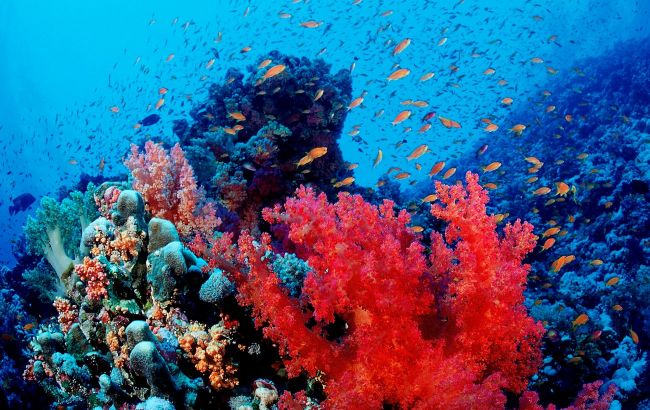Scientists caught unknown marine predator
 The new predator resembles some members of marine fauna (illustrative photo: GettyImages)
The new predator resembles some members of marine fauna (illustrative photo: GettyImages)
Scientists have discovered a new predator previously unknown to science, which is capable of adapting to extreme conditions. At the same time, the creature has surprised researchers with its unique body structure, reports IFL Science.
Where the predator was caught
The new predator was discovered in the depths of the Atacama Trench, near the western coast of South America. This discovery marks a first for this island ecosystem in the southeastern part of the Pacific Ocean.
The scientists' goal was to attract oceanic creatures that feed on dead prey, for which they crafted traps with food. However, instead of the expected creatures, the researchers caught a massive predatory amphipod – a species whose subspecies had been previously found in other trenches, but never before in the Atacama.
The new species was caught at a depth of 7,902 meters and was named Dulcibella camanchaca, which in the languages of the Andean peoples means darkness. This name is quite symbolic, considering the creature hunts in the darkest depths of one of the planet's deepest trenches.
According to the scientists, attracting the predator required not only skill but also luck. The chicken was used as bait, which likely attracted either the food for Dulcibella camanchaca or the predator itself.
This area had not been explored before, so it's quite possible that chicken became a particularly enticing lure for Dulcibella, as several individuals were caught. However, the exact reason for this unexpected appearance remains a mystery.
What the newly discovered predator resembles
According to scientists, amphipods are remarkable for their diversity and can be found in river headwaters, caves, the sea, and even the deepest parts of the ocean.
Surprisingly, the structure of those species living at great depths doesn't differ significantly from those living in the sea. For example, the newly discovered Dulcibella camanchaca resembles a shrimp or a crab.

The newly discovered predator Dulcibella camanchaca (photo: Johanna Weston, Woods Hole Oceanographic Institution)
Researchers note that the large and strong legs of the crustacean resemble pincers, which are perfectly adapted for catching and holding prey.
Additionally, this amphipod has strong teeth in its jaws for cutting and grinding food, and its legs are suited for moving across various types of substrates. Dulcibella camanchaca is a relatively large member of its species, measuring nearly 4 cm in length, which helps it hunt smaller prey.
Despite lacking eyes, the predator can rely on other sensory organs to detect food in the pitch-black darkness of the ocean floor. Scientists suggest that there may be some microbial and molecular differences between species, contributing to the predator's ability to thrive in such extreme conditions.

Gammarus roeselii, a subspecies of freshwater amphipods (photo: Michal Maňas, wikipedia.org)
The discovery of such a large and previously undocumented predator in the Atacama Trench is an important step forward in understanding the deep ocean ecosystem, where species adapt to the extreme conditions of depth, pressure, and darkness. However, for the versatile amphipods, it seems these challenges are not particularly difficult to overcome.

